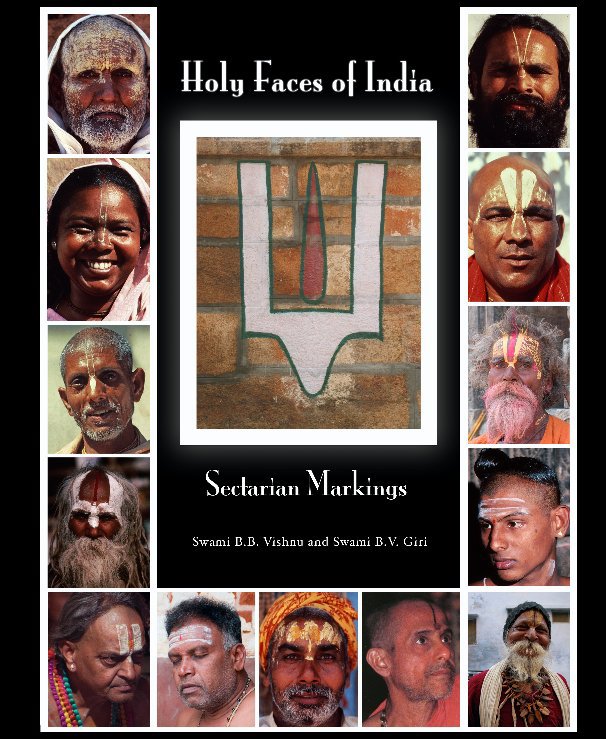Holy Faces of India
Sectarian Markings
by Swami B.B. Visnu
This is the price your customers see. Edit price list
About the Book
A photo collection of sectarian marking of India's holy men. Whenever one visits a temple in India, it is common to see the foreheads of devotees and priests adorned with markings that are commonly known as tilaka. When the British first arrived in the subcontinent they unwittingly assumed these signs to be 'caste marks' or signs that indicated the wearer's particular social status. Actually tilaka is a sectarian mark worn by a devotee of a particular deity and denotes one's devotion to that deity. Tilaka, or pundra as it is also called, can be classified in three divisions — urdhva (vertical), tiryak (horizontal) and vartula (circular).
Features & Details
- Primary Category: Religion & Spirituality
-
Project Option: Standard Portrait, 7.75×9.75 in, 20×25 cm
# of Pages: 108 - Publish Date: Jan 24, 2009
- Keywords holy men, Hindu, sacred, India
See More
About the Creator
Swami Vishnu
Mysore, Karnataka, India
Graduated in 1970 from Clarkson College of Technology with a Master of Science degree in Physics. In 1975 he became a disciple of A.C. Bhaktivedanta Swami Prabhupada. Swami Vishnu has published a number of books and articles on Indian culture and Vedic science documenting the sacred places, temples and activities of India as well as the many contributions of India's ancient Vedic culture to science and world culture. Swami Vishnu currently resides at the Sri Narasingha Chaitanya Ashram situated on the banks of the sacred Kaveri River in South India.

